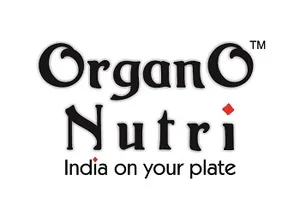How I Explain HgBA1c to My Patients
Hemoglobin (HgB) is the pigment in red blood cells. When blood sugar is high, an altered form of sugar attaches to hemoglobin, forming HgBA1c.
Think of red blood cells and HgB as red apples. When sugar attaches to hemoglobin, it’s like turning those apples into caramel apples.
HgBA1c is reported as a percentage. Imagine counting 100 apples and checking how many are caramelized. For example, if 6 out of 100 apples are caramelized, HgBA1c is 6%.
Higher blood sugar means more caramel apples. For example, HgBA1c of 5.7% equals an average blood sugar of 117 mg/dl, while 10% equals 240 mg/dl.
Why Measure HgBA1c in Addition to Blood Sugar?
Blood sugar check by finger-stick gives a snapshot of the level at one moment. Blood sugar varies a great deal throughout the day.
HgBA1c reflects the average blood sugar over three months because red blood cells live in circulation for about 90 days. Once caramelized, they stay that way. This helps catch high blood sugar levels that one-time checks might miss.
Contact Us
Call: +91 - 9461088449
WhatsApp: +91 - 9461088449
Customer Support Time: 24/7
Email: sales@organonutri.in
Address: Mandore Road, Jodhpur City, Rajasthan, Jodhpur, 342007
